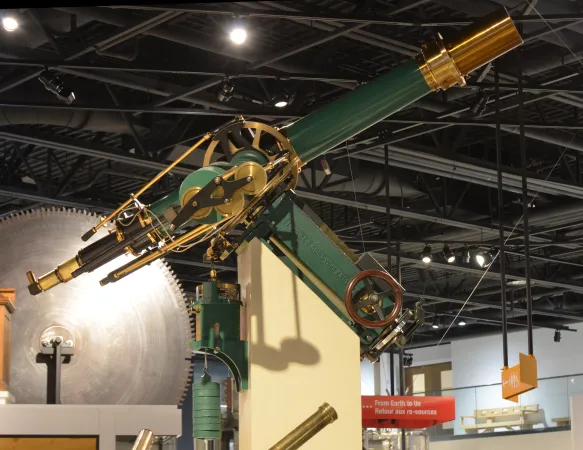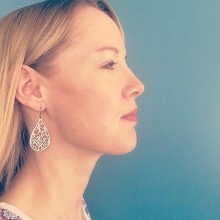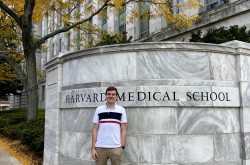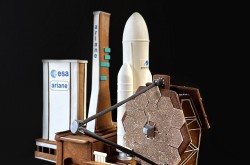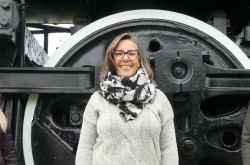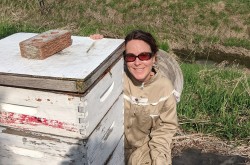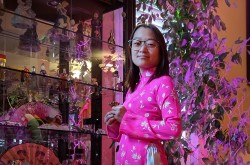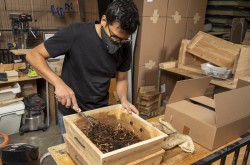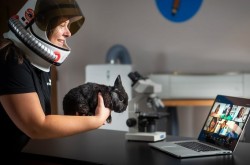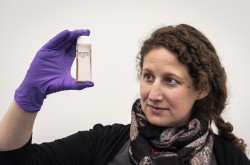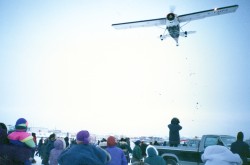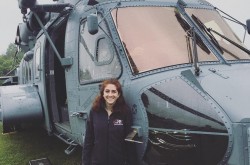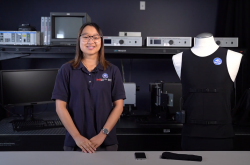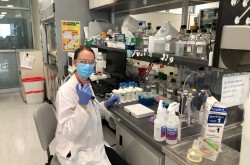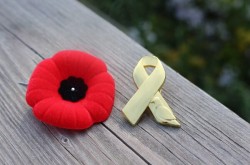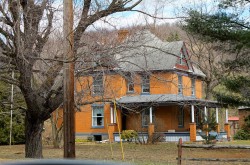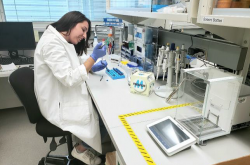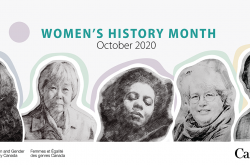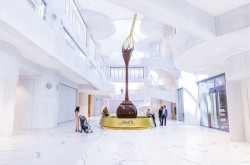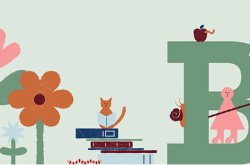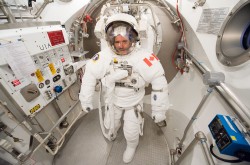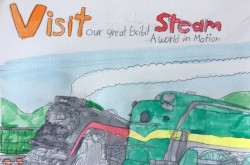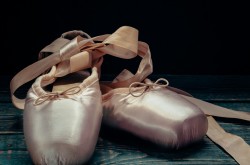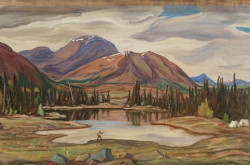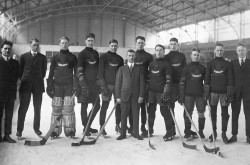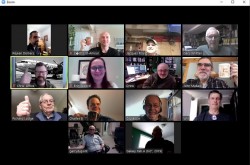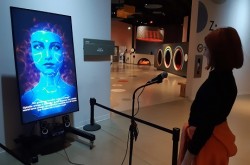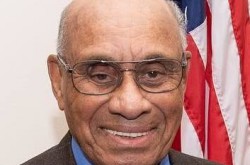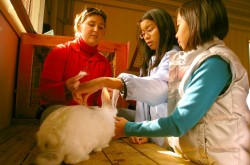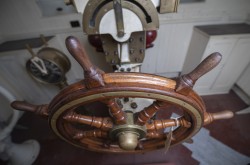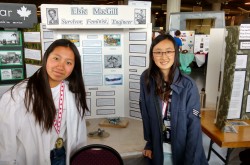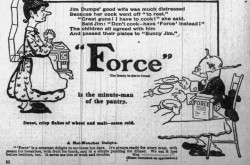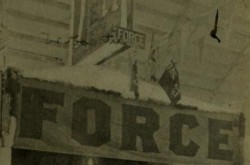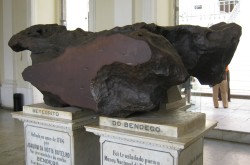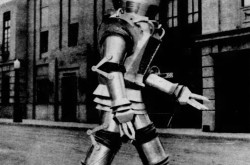Award profile: Putting a historic telescope back into focus
Through the course of a project spanning nine years, two Ingenium conservators — Tony Missio and David Elliott — had the chance to work on the complete restoration and preservation of the 6” Cooke & Sons refracting telescope, bought by the Meteorological Service of Canada in 1882. The telescope was in service for over 100 years; it was donated to the museum by its last owner, the University of Toronto, in 1984.
The telescope was dismantled and brought to the national collection storage. On occasion, the optical tube was brought out for special events or programming, but for many years, it remained in pieces in storage.
Then, at a very early stage in the redevelopment of the Canada Science and Technology Museum, curator Michel Labrecque made it a priority to dedicate resources to the restoration and preservation of the telescope. Due to his years of experience organizing the astronomy program at the museum, Michel was passionate about the value of this historic instrument for visitors.
Over 300 hours of work went into the restoration of the artifact. In November 2017, the conservators reached their goal of having the telescope ready for installation in the Artifact Alley and Hidden Worlds galleries within the renewed museum; it is now on display for museum visitors. A highlight for the team who worked on the project was the opportunity to look at the moon through the telescope, two weeks before it was put on permanent display.
For their efforts, the conservators received the Award of Outstanding Achievement in Conservation from the Canadian Museums Association. The Ingenium Channel caught up with Tony and David — to learn more about the scope of the work they did and why it matters.

The 6” Cooke & Sons refracting telescope, prior to restoration.
Ingenium Channel: In your own words, describe the scope of your conservation project.
David: I was one of three employees who collected the artefact from the David Dunlap Observatory in 1984. The others were Frank Askew (machinist and instrument technician) and Pierre Fournier (machinist). The telescope was located in a small dome on the roof of the observatory building, accessed by a very narrow stairwell. The only practical way to remove it was to break it down into smaller assemblies that could be manhandled down the stairwell. This was achieved with some considerable effort.
I had not thought about the telescope again for many years until 2008, when I was approached by then curator of Physical Sciences, Dr. Randall Brooks, with a work order to reassemble the telescope. The purpose of this project was to consolidate the artefact, to eliminate risk of the many individual parts getting misplaced or lost while in storage. I will assume that an additional benefit would have been the ability to show visitors to the collection storage areas a “complete” artifact.
The original scope of the work order was to be confined to simple assembly, at minimal cost, with no thought being given to restoration. Unfortunately, by the time of collection, the telescope had not been in use for a considerable number of years and had been overpainted (possibly more than once) for unknown reasons which I will not speculate upon. The removal and transfer of the artefact to the Canada Science and Technology Museum added further distress to its appearance, which was unbefitting of an instrument of this quality.
Having been one of the staff members that collected the telescope, I had a particular interest in seeing this sorry state of affairs corrected. I persuaded Dr. Brooks to consider undertaking a complete restoration of the artifact to operational condition, rather than simple reassembly.
This would involve the careful removal of the overpainting while trying to save the underlying original finishes. This was desirable to preserve as much original content as possible, but it also helped guide us in determining the correct appearance of the telescope as manufactured. It became quite obvious, as the work progressed, that this was indeed a very finely-crafted instrument and very little had to be done in the way of repairs or manufacturing of missing/damaged components. The telescope was returned to its original black-and-green colour scheme, with lacquered brass and bronze fittings; it has a striking elegance. A structural pallet was fabricated to mount the reassembled telescope upon. It incorporates a replication of the pier upon which the telescope was mounted at the David Dunlap Observatory.
The project proceeded but it was not given high priority, nor a large budget, and was treated as a background project that could be worked on when time allowed. It is for that reason that the project spanned so many years between its beginning and completion. To further complicate matters, I retired before the project was completed and additional contract work kept me away from the telescope on a continuing basis.
Fortunately, Tony Missio (conservator) stepped in circa 2016 and ably finished the project as Dr. Brooks and I had envisioned it.

Moving the restored 6" Cooke & Sons refracting telescope to its new home in the Canada Science and Technology Museum.
Ingenium Channel: If you were speaking with an average museum visitor – or a random Canadian – how would you explain the over-arching significance of this project?
Tony: This telescope was brought to Toronto to observe the 1882 transit of Venus. It remained operational almost continuously from then until 1984, when the museum collected it, first at several locations on the U of T campus, and after 1952 at the David Dunlap Observatory. Particularly in its early days, although there were larger telescopes elsewhere, it was one of only a few high-quality telescopes with a motorized drive in the country. For decades is was used for solar observations by the Canadian Meteorological Service, and to train astronomy students at the U of T. It was also available for use by amateur astronomers.
We were able to restore it to what is hopefully a close approximation of its original appearance, while retaining as many original finishes and surfaces as possible and maintaining it in operational condition.
Ingenium Channel: Tell me about a surprising or memorable moment that happened throughout the course of your project.
Tony: After the telescope was completed — and a couple of weeks before it was installed in the museum — we took it outside on a clear night and pointed it at the moon. The image was crisp and bright and the controls operated smoothly. Unfortunately, the cellphones and auto-focus cameras we had with us were unable to capture the image, but it was good to see it operate.
David: I would mention the impressive quality of manufacture and my admiration for the workmanship, in consideration of the date of manufacture and the machinery and tooling available.
Watch a short video about the restoration and preservation of the 6" Cooke & Sons refracting telescope at the Canada Science and Technology Museum.
Transcript
6” Cooke & Sons refracting telescope
This 6” telescope was one of the largest in Canada when it was purchased.
Il a été conçu par Cooke & Sons (Angleterre) l’un des principaux fabricants d’instruments d’optique de l’epoque.
Over 300 hours of work went into the restoration.
Le projet a duré neuf ans.



